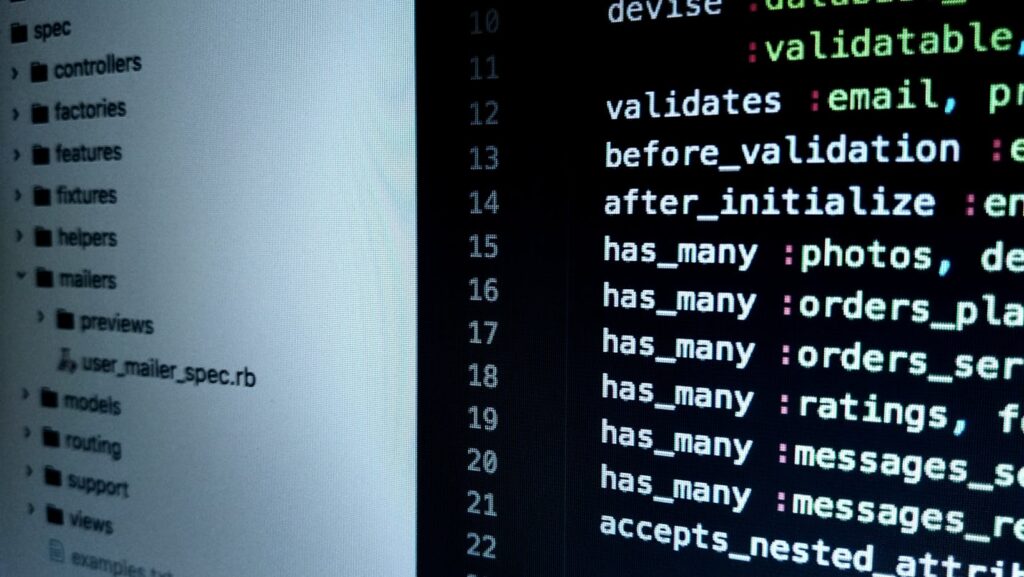Computerized Maintenance Management Systems (CMMS) are transformative tools in facility management. These systems serve as the backbone for managing a facility’s maintenance operations, ensuring that everything from equipment maintenance to compliance reporting is handled effectively. Meanwhile, with the rise of digital solutions in operational management, understanding CMMS has become crucial for modern facility managers.
In this article, we will delve into what CMMS is and explore its core functionalities and benefits. From reducing operational costs to improving asset life cycles, we will cover how CMMS can significantly impact your facility management strategies. By the end of this piece, you will have a comprehensive understanding of the key advantages a CMMS offers and why it is an indispensable tool for facilities looking to optimize their maintenance operations.
Exploring the Basics of a CMMS
In essence, a CMMS is an essential software tool that helps organizations streamline their maintenance management operations. It serves as a centralized database that facilitates the tracking of all maintenance activities, ensuring that equipment and facilities are maintained efficiently and effectively.
To better understand the capabilities and structure of CMMS, let’s break down its key components and functions in the table below:
| Component | Function |
| Asset Management | Tracks the entire life cycle of assets from acquisition to disposal, including warranty information, maintenance history, and performance data. |
| Work Order System | Manages the creation, assignment, and tracking of maintenance work orders. It ensures timely maintenance and repairs. |
| Preventive Maintenance | Schedules routine maintenance to prevent equipment failures and extend asset lifespan. |
| Inventory Control | Keeps track of parts and supplies needed for maintenance tasks, helping to avoid overstocking or stockouts. |
| Reporting and Analytics | Generates reports on maintenance activities, providing insights into costs, downtime, and efficiency. This helps in making data-driven decisions. |
| Safety Management | Ensures compliance with safety standards and regulations by maintaining records of safety procedures and audits. |
Key Benefits of a Facility CMMS
Implementing a CMMS offers numerous advantages for facility management. Generally speaking, this software not only simplifies maintenance operations but also enhances overall efficiency and sustainability.
To give you a clearer picture, here are some of the key benefits that a CMMS provides, explored in depth:
- Streamlined Maintenance Processes: CMMS automates the scheduling, tracking, and completion of maintenance work orders. This automation lowers the chances of human error and makes sure that maintenance tasks are conducted at the right time. By keeping all maintenance activities on track, CMMS helps in reducing equipment downtime and increasing operational availability.

- Enhanced Asset Management: With CMMS, every piece of equipment or asset is monitored throughout its life cycle. The system provides comprehensive data about each asset, including usage history, maintenance schedules, and repair details. As a result, this level of detail allows for better decision-making regarding asset repair or replacement, ultimately optimizing the use of resources and extending asset lifespans.
- Cost Efficiency: One of the most compelling benefits of CMMS is its ability to cut down costs. By maintaining equipment regularly and preventing failures, CMMS reduces expensive emergency repairs and downtime. In addition, it provides precise tracking of inventory and maintenance costs, which helps in budgeting and reduces unnecessary expenditures on spare parts and labor.
- Improved Compliance and Safety: CMMS supports compliance with industry regulations by documenting all maintenance activities and their outcomes. It ensures that all necessary inspections and maintenance tasks are completed on schedule, which is crucial for meeting safety standards. All in all, this documentation is vital for audits and ensures that the facility adheres to legal and safety requirements, thereby reducing the risk of fines and liability.
In a nutshell, by addressing these areas, a CMMS not only improves the operational aspects of facility management but also contributes to a more strategic, data-driven approach. This can significantly boost the overall effectiveness and reliability of facility operations.
The Bottom Line
To summarize, adopting a CMMS in facility management equips organizations with a robust tool for enhancing operational efficiency and strategic planning. The integration of CMMS into daily operations enables facilities to navigate the complexities of maintenance management with greater ease and precision.

Hence, by providing a comprehensive overview of assets and maintenance activities, CMMS not only ensures operational continuity but also fosters a proactive maintenance culture that may result in substantial long-term advantages for any facility.


